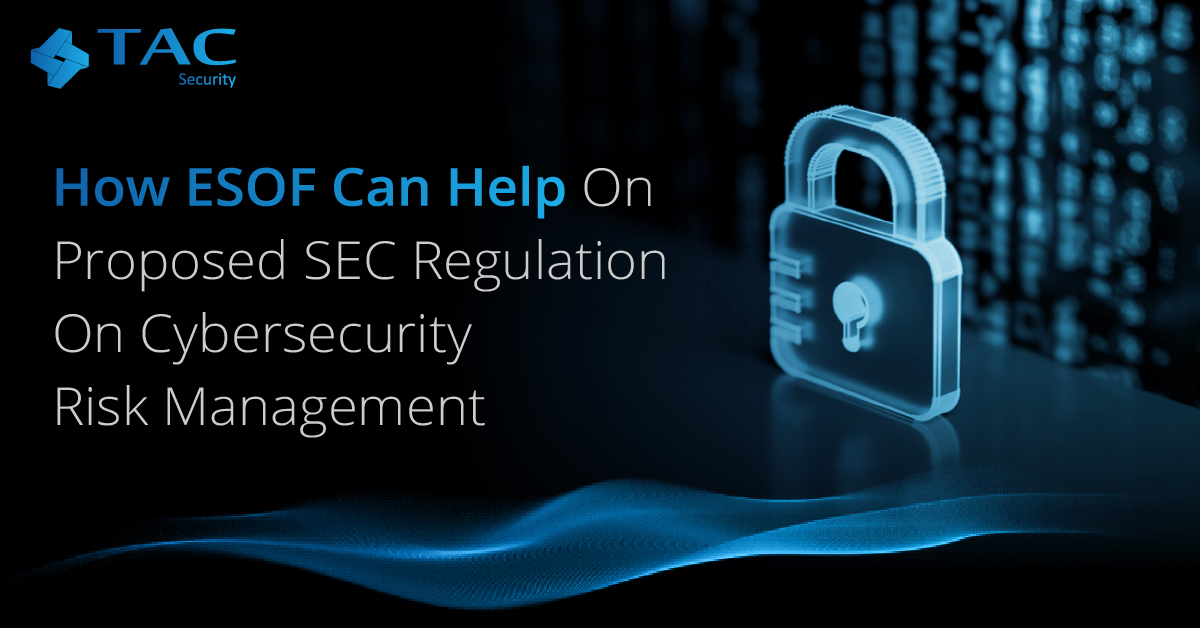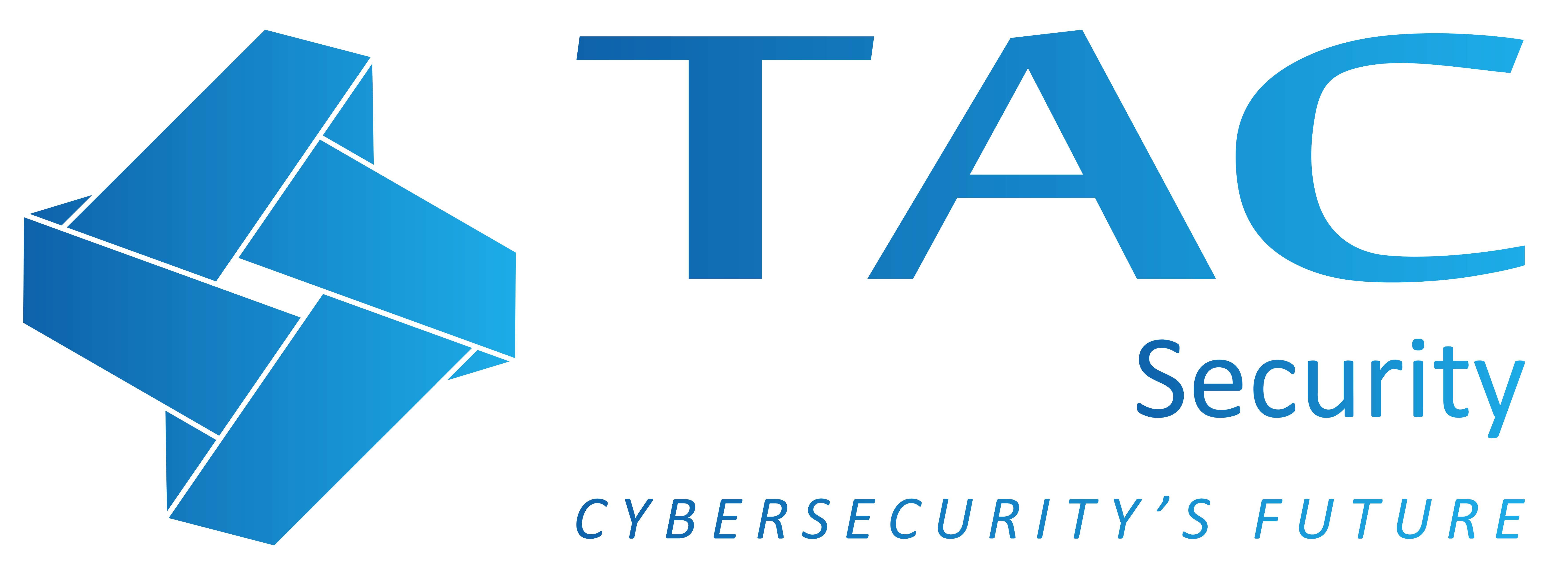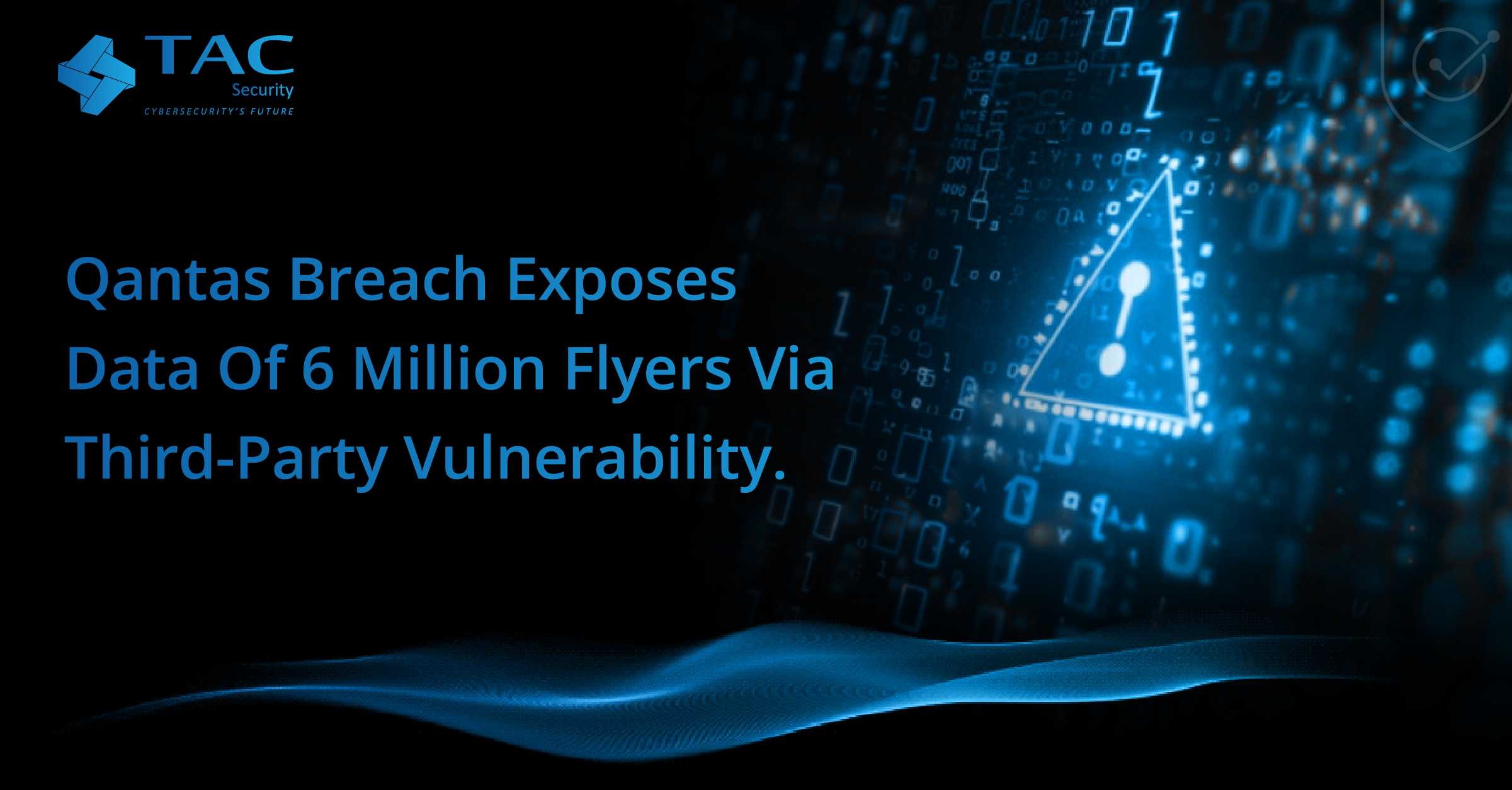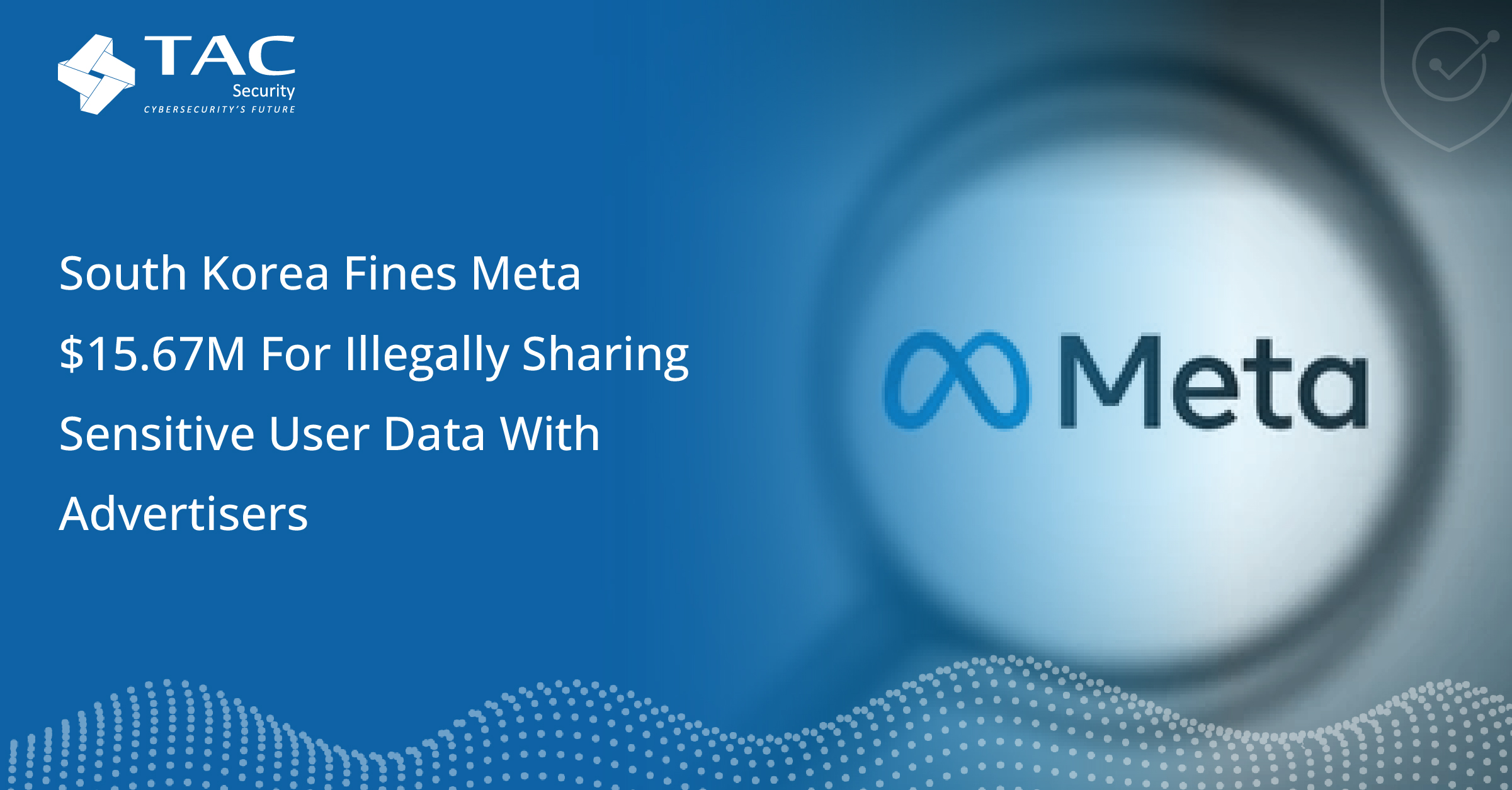How ESOF can help on proposed SEC regulation on Cybersecurity Risk Management

Within four business days, the public companies disclose ‘Material cybersecurity incidents’ as per the new rules and regulations of the US Securities and Exchange Commission (SEC). The Commission expresses that these modifications aim to “Enhance and standardize” cybersecurity incident description, risk management, and governance.
The complete proposal "Cybersecurity Risk Management Strategy, Governance and Incident Disclosure" is available on the SEC website. Immediately following the high-profile data breaches such as the high-cost and troublesome Colonial Pipeline incident and booming concern around the Russian Vengeance to US sanctions has added to its pertinence. Other than the “material incident” reporting needs, it would also need subject companies to address the information of their cyber risk evaluation and management programs, business progression and improvement plans, and many more.
Therefore, whether they include cyber threats in their business proposed action and financial arrangement, this amendment will provide the shareholder a better perspective of the possible impact of cybersecurity happenings on their investments.
So, to complete these needs, cybersecurity companies will require a smooth-running and dependable way to translate their security point of view into financial terms: Enter: Cyber Risk Quantification (CRQ). Therefore, as risk is not tangible, interpreting cyber risk layout into something calculable is a challenge.
However, for CISOs, it’s not maintainable or intelligent to depend on the extremist scare strategies to steer management in the boardroom. CRQ overpasses the gap between technical and business-express, notifying several risk structures. Cyber Risk quantification keeps non-technical business leaders occupied and continuously informed about where to get the immediate funds with maximum outcomes.
Some members of the SEC Commission have articulated objections to the amendment. Republican Commissioner Hester M.Pierce proposed a heretical opinion, saying that the proposal supplanted the SEC’s aim. “The SEC Commission controls companies’ exposure and not the public companies’ ventures. This program teases us by casting us as the Nation’s Cybersecurity Command Center- a role congress has not given us”.
The main aim of the SEC is “to Secure investors, maintain cost, orderly and systematic markets and expedite capital formation,” and those who subsidize the current SEC Commission proposal understand the degree to which cybersecurity was interwoven with this aim. To the amendment, SEC Chair Gary Gensler expressed his support because it needs the companies to take cybersecurity evaluations that they should be doing already.
“With the passing years our disclosure regime has evolved to reflect evolving risks and investor needs,” said SEC Chair Gary Gensler. “Today, cyber risk is emerging with which public issuers increasingly must contend. Investors want to know more detail about how issuers are handling those growing cybersecurity threats. A lot of issuers have already given cybersecurity reports to investors. However, I think companies and investors alike would benefit if this information were required consistently, comparable, and decision-usefully.”
Companies won’t be able to thrivingly meet the needs without SEC’s proposal, as it does not accurately reference CRO. Previously, most business leaders have also driven back on executing CRQ as they don’t see the instant ROI. However, after strolling through an assessment using the ESOF platform, the ROI of the Assessment procedure becomes indisputable. Some business leaders are surprised by what they got as they are not capitalizing on CRQ tools like ESOF. The administrators who are not happy with the new amendments don’t understand their hazardous environment. And not understanding the dangerous environment is very dangerous for you.
For the investments, the shareholder depends upon the board, and the board member’s highest responsibility is to concentrate on financial performance and hazardous management to protect the feasibility of the business. Therefore, if you’re a CISO or other cyber specialist, ESOF can assist you in describing the ROI that CRQ can offer to your business. It purchases CRQ by bothering the most impressive hazard particular to your company and manages the cybersecurity paying out to areas of highest significance while authenticating hazard adoption in less essential areas. So, with all the given details, Board members can undoubtedly make deliberate decisions on SEC filing.





